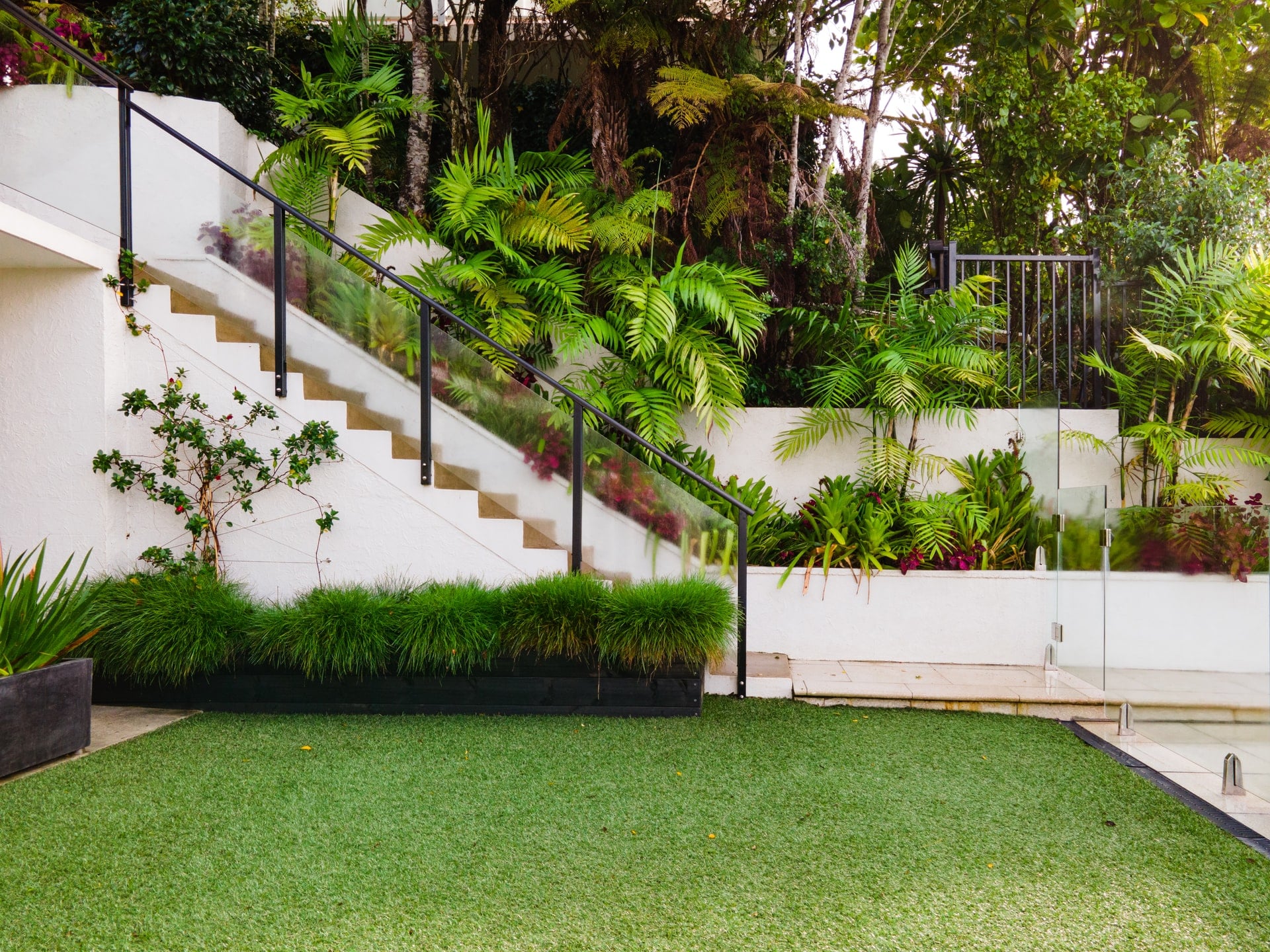
Photo by Look Up Look Down Photography on Unsplash
Artificial grass is a man-made alternative to natural grass that has been gaining popularity over the last several years. While some may still view it as an inferior product, artificial grass has many benefits that can often exceed, or at least match, the benefits of natural grass.
Due to its ability to stay in place for longer periods and withstand a wide range of weather conditions, artificial turf is becoming a popular choice among homeowners who want a more attractive alternative to natural grass. In this article, we'll explore the ten environmental benefits of artificial grass.
1. Water Conservation
Artificial grass is made of a synthetic material similar to natural grass. This means that most of the water required to maintain artificial turf comes from non-potable sources, such as rainwater and irrigation systems, and not drinking water.
This is a huge advantage over natural grass because it greatly reduces homeowners' water. It also allows homeowners to use less potable water in their homes. This can lead to a reduction in potable water consumption, which can positively impact the environment and reduce the burden on natural resources such as aquifers.
2. Reduction in Carbon Footprint
Artificial grass requires much less energy to produce than natural grass. For example, artificial turf uses about 90% less energy than natural grass and requires only 2% of the water used by natural grass per year. This makes it an environmentally friendly choice for homeowners who want to reduce their carbon footprint and conserve water resources.
3. No Harmful Chemicals
Artificial grass uses no harmful pesticides or fertilizers. It benefits the environment by reducing the number of chemicals and pesticides that are used in your yard. This makes it an environmentally friendly choice for homeowners who want to reduce their exposure to harmful chemicals. It is also 100% safe for children to play on.
4. Reduced Greenhouse Gases
Artificial turf is much more efficient than natural grass in reducing greenhouse gas emissions by up to 75 percent. Most of these savings come from reduced runoff due to the lack of water, which means that the turf is not over-watered.
This is a major advantage because, according to the Environmental Protection Agency, the amount of greenhouse gases emitted by turfgrass manufacturing is approximately equal to the number of emissions from a mid-size passenger vehicle. This means that artificial turf can significantly reduce greenhouse gas emissions and help reduce global warming.
5. Artificial Grass is Never Toxic
Artificial grass is never toxic to humans or pets. This is because the material used to make artificial turf is non-toxic and bio-degradable. It does not contain harmful chemicals or heavy metals that can harm humans, animals, or the environment
6. Reduced Landfill
Artificial grass does not require landfill space. It can be recycled after the grass is no longer needed. This makes artificial grass an environmentally friendly choice for homeowners concerned about the amount of landfill space they use in their yard.
Additionally, synthetic grass installation in Tulsa has been shown to help reduce the amount of space required for a lawn, needing less mowing and watering which in turn helps with reducing landfill.
7. Soil Regeneration
Artificial grass is a great way to improve the soil in your yard. It can help to improve the soil texture, aeration, drainage, and water retention. It also helps to reduce erosion and build-up of topsoil.
8. No Mowing and Other Maintenance
Artificial grass requires no mowing and other maintenance. This is because it is water-resistant and does not get damaged by the elements. This helps you reduce the time and effort you spend on maintaining your yard, and the environmental implication of this is also reduced.
9. No Soil Erosion
Artificial grass can reduce the risk of soil erosion in the yard. It can also help to keep the soil intact, which is a great benefit for homeowners who have soil erosion problems.
10. Healthy Air
Artificial grass can help to improve the air quality in your yard. This is because the grass does not emit pollen or other air-borne irritants that can affect your health. It also helps to reduce the dust, which can also be a problem in some yards.
Conclusion
Artificial grass is a great option for homeowners who want to reduce the time and effort spent on maintaining the yard and improving the environment's health. It is also a great way to improve your yard and increase its value. Choosing artificial grass will help you to get many benefits, which include reducing maintenance time, reducing water consumption, improving soil quality, reducing soil erosion, and increasing property value.
You may also like
Is Radiant Heat More Eco-Friendly For Homes?
What Color Roof is The Most Energy-Efficient? (And Why It Matters)
5 Reasons Why Bamboo Is Saving Our World
8 Eco-Friendly Everyday Carry Items
